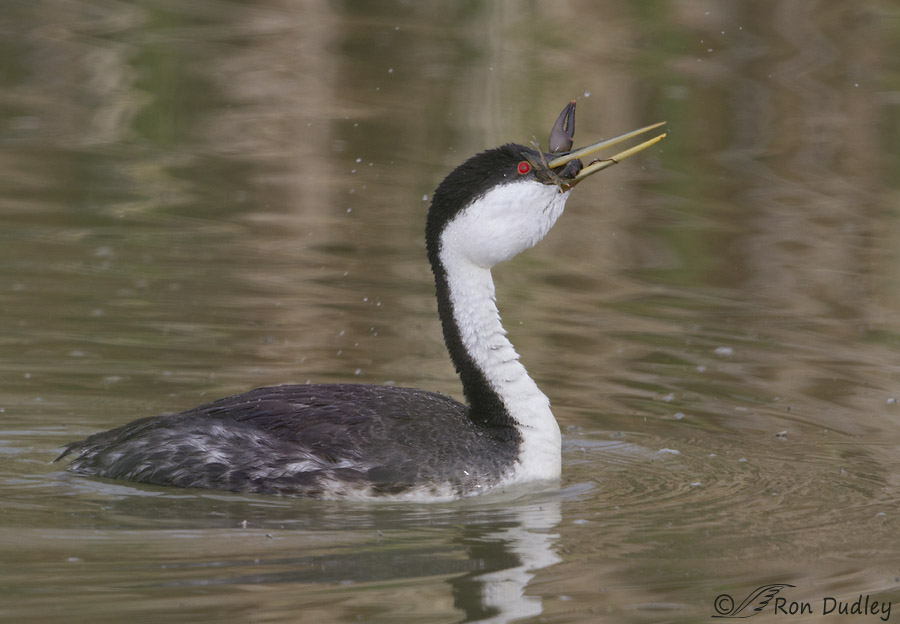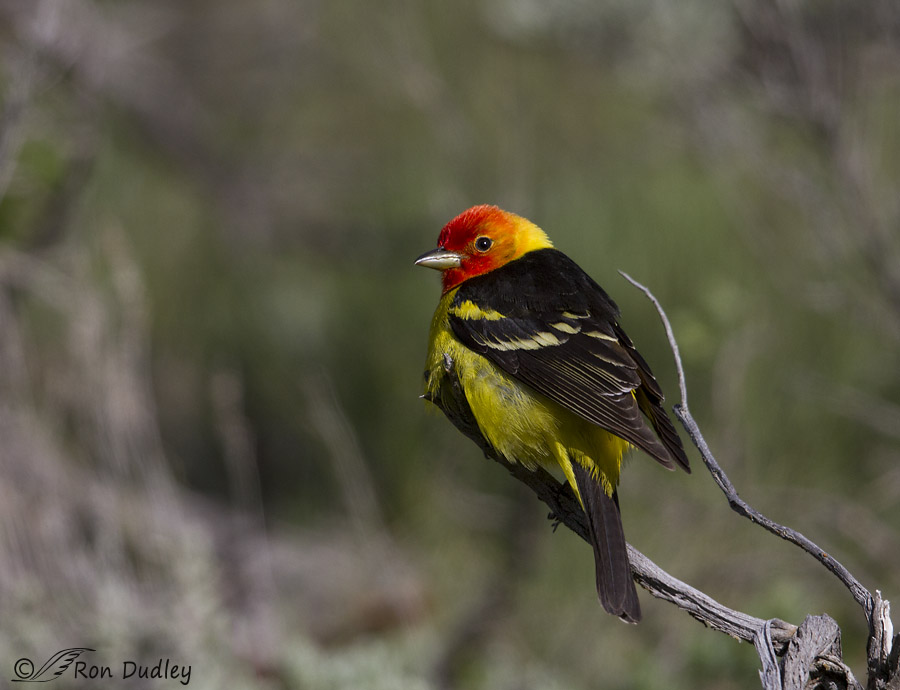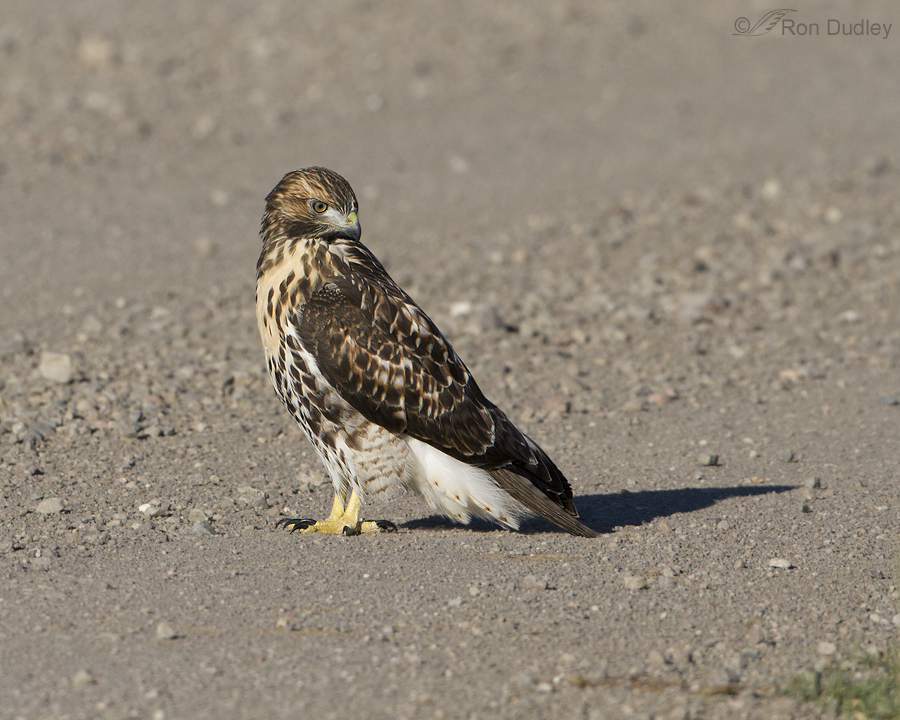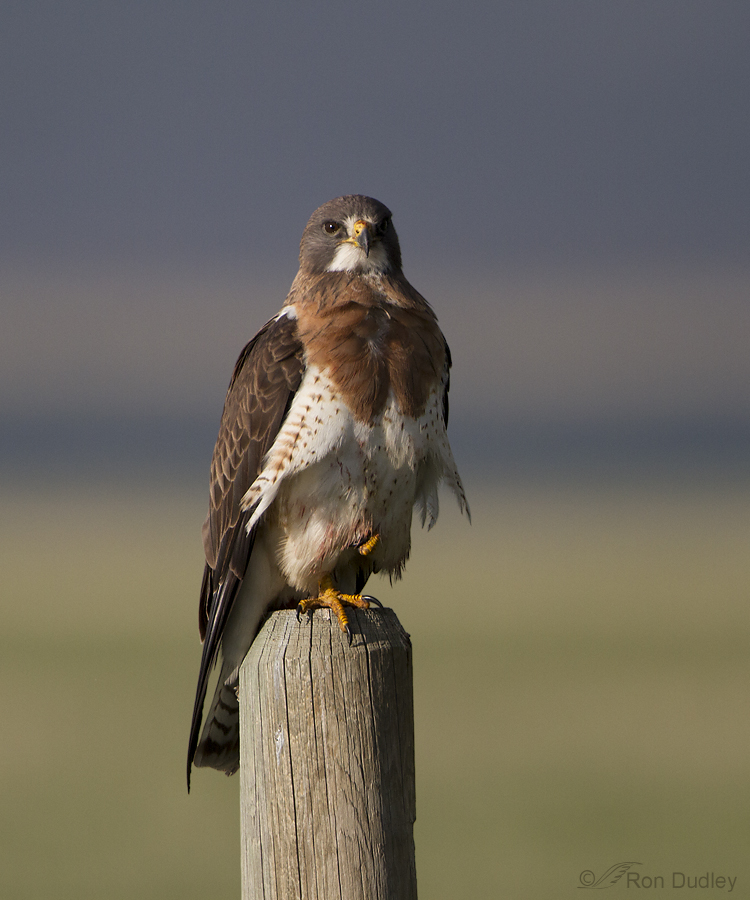Tag: diet
The Source Of Male Western Tanager Head Colors
Horned Larks Attending To Domestic Duties
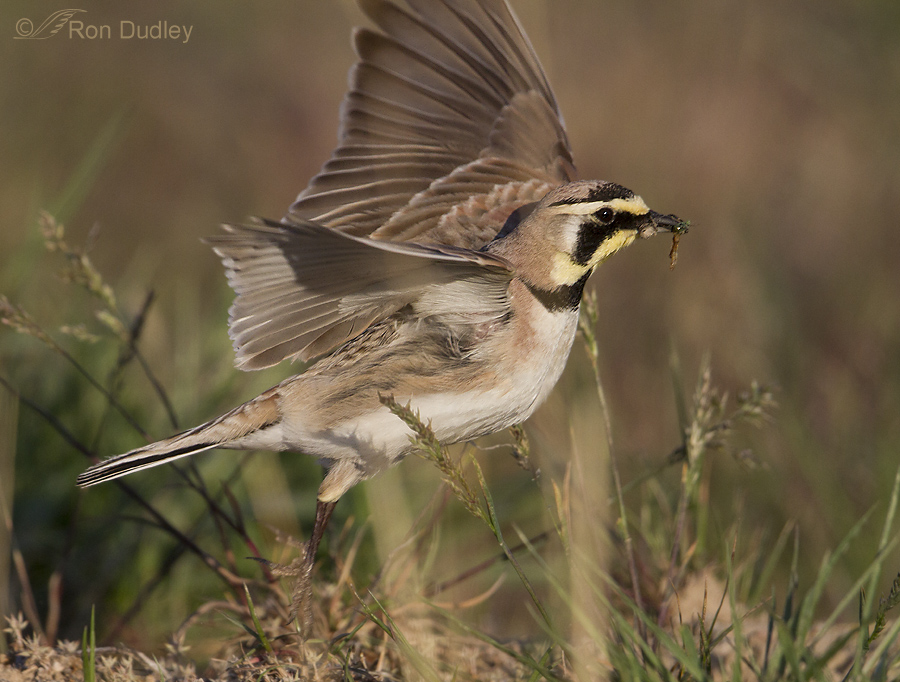
It’s not easy to get photos of Horned Larks with insects in their beaks. The diet of adults of the species consists largely of seeds year-round but they do feed insects to their young so if you can catch them at the right time of year it’s possible to get photos of them with insects. Yesterday morning in the foothills of the Stansbury Mountains I photographed both a male and a female with their beaks full of insects.
Why Did The Red-tailed Hawk Stand On The Road?
Swainson’s Hawk Buddies
Ravenous Yellow-headed Blackbird Fledgling
I was photographing adult male blackbirds when suddenly this very recently fledged youngster popped up in the cattails right in front of me. At first I thought it was just curious about me and my big truck but that turned out not to be the case.
Yellow-rumped Warbler
There’s no denying that songbirds tend to be short-shrifted on my blog. That wasn’t a conscious decision on my part but it’s sure the way things have turned out. This post is an initial effort to attempt rectify the situation. The pretty little Yellow-rumped Warbler is one of the most common warblers in North America so I thought this species was a good place to start. 1/1600, f/6.3, ISO 400, 500 f/4, 1.4 tc, natural light There are two sub-species of Yellow-rumped Warblers – Myrtle Warbler in eastern North America and Audubon’s Warbler of the western part of the continent. This is the Audubon’s subspecies, as identified by the yellow throat (white throat on Myrtle). Audubon’s and Myrtle were long considered to be separate species but when it was discovered that they hybridize in the Canadian Rockies they were combined into a single species. 1/1250, f/6.3, ISO 400, 500 f/4, 1.4 tc, natural light This pose shows off that distinctive yellow rump. These birds are often affectionately called “butter-butt” for obvious reasons. These first two “bird on a stick” images are rather sterile but they give a good look at the bird. 1/640, f/6.3, ISO 400, 500 f/4, 1.4 tc, natural light They’re much more often found buried deeply “in habitat” as you see here, which can make for a more cluttered setting but often has a more natural appeal. The preferred habitat of the Yellow-rumped Warbler is one of the most ecologically generalized of all warblers, which partially accounts for its broad range. During the nonbreeding season…
Falconry – A Detriment To The Birds?
As some of you will remember, I’ve recently made two posts calling into question some of the ethics of the “sport” (some don’t like that term) of falconry. This was the bird that prompted my most recent post – an “escaped” female Peregrine Falcon that I photographed along the Antelope Island causeway a few weeks ago. You’ll notice that she still has her leather falconry anklets above her feet (only one can be seen in this photo). And last year, this escaped male American Kestrel was loose near Farmington Bay WMA and it still had not only its anklets but its jesses. The extreme danger to the bird of having those long, dangling jesses engangle and kill the kestrel is obvious. In both posts I questioned the ethics of falconry in general, but admitting my relative ignorance of the subject I asked (on the second post) for more information from my readers to “enlighten” me on the subject. For those who haven’t seen those posts and have the interest, here’s the links: Escaped Falconry Bird – Peregrine Falcon Escaped Falconry Bird – Peregrine Falcon, Again Mark Runnels, a master falconer from Oklahoma, responded to the second post with a series of very detailed, knowledgeable and thoughtful comments on falconry – responding to each of my concerns dispassionately and eloquently. However, that post was made on September 17 and Mark didn’t begin to comment until October 23, which means that his valuable information likely went under the radar for most of my readers (very few folks come back to a…
Coyotes Grazing On Grass
Please don’t expect great photography with this post. My purpose here is simply to document an interesting behavior. I’ve spent a lot of time over the years observing coyotes and I’ve seen them eat a variety of rodents (especially voles), birds and carrion but yesterday on Antelope Island I observed something new – grazing coyotes! I found a group of four of them on a steep hillside next to the road and they were very definitely eating grass. I’ll simply let these images speak for themselves. This was the only half-way decent image I was able to get with my 500mm that included all four coyotes. I guess the thought of coyotes eating grass is just something I’d never considered before but I shouldn’t have been surprised. Most domestic dog owners are well aware that their pets occasionally eat grass. Studies have shown that grass appears in 14 – 43% of all wolf scat in North America and grass in coyote and fox scat is so common as to be unremarkable. I watched as three of these four coyotes consumed grass and I suspect the fourth one was doing the same but it was mostly hidden behind sagebrush so I couldn’t be sure. There is just something so very incongruous about a group of canine carnivores slowly moving across a hillside while grazing on grass, like a herd of bison or elk. I thought it was an interesting behavioral display. Ron
Swainson’s Hawk Regurgitating Pellets
Western Montana has been awash in Swainson’s Hawks this summer. From the Canadian border (Glacier County) to the southern border with Idaho (Beaverhead County) I found them in significantly larger numbers than I have seen in previous summers. I hope this very unscientific observation is accurate and that it bodes them well as a species because their numbers have been declining to the point where they are listed as a Species of Special Concern in several western states. 1/2000, f/7.1, ISO 500, 500 f/4 I found this handsome juvenile this past week along a county road in Beaverhead County. At first it was very relaxed and assumed this clenched fist pose that is so typical of many buteo species when they’re at ease and resting. 1/1600, f/7.1, ISO 500, 500 f/4 But soon it began to arch its neck and I recognized that it was about to attempt to expel a pellet. I had already taken my tc off in anticipation of take-off so I decided to leave it off because so often in the past I’ve missed the falling pellet as it dropped out of frame at the bottom. 1/2000, f/7.1, ISO 500, 500 f/4 Then, with the nictitating membrane pulled over the eye, the bird began to retch. These few images showing pellet ejection may give the viewer the impression that it all happened very quickly. It didn’t. From beginning to end the whole process took over four minutes. During that time there were alternating periods of retching and resting and it didn’t look to be a…
Fish Eating Northern Harriers
As I’ve mentioned before in this blog, the winter of 2008 was a particularly brutal one in northern Utah. During January and February there was much more snow than usual and it was bitterly cold. During most winters our Northern Harriers rely primarily on voles as a food supply but in 2008 with the voles under the deep crusty snow our harriers were desperate for food. Birds of North America Online provides extensive information on the dietary habits of harriers. It lists small to medium-sized mammals (primarily rodents), birds, reptiles and frogs as harrier food sources, stating further that the diet of harriers during winter in their northern range (which includes northern Utah) consists of voles “almost exclusively”. I can find no mention of harriers eating fish, ever! Each year in early February some of our wetlands managers treat some of our ponds with rotenone (a chemical that prevents oxygen from being absorbed across fish gill membranes) in an effort to control the invasive and damaging carp that do so much damage to the emergent vegetation which is so vital for waterfowl. So, in 2008 for a few weeks, our desperate and starving harriers began to eat fish! In the three winters since then I have never seen harriers eating fish even though the dead carp are always plentiful after the rotenone kill. 1/1250, 1/1000, ISO 500 Many of the carp are brought to the shores or ice surface by Bald Eagles which makes them available to the harriers who generally cannot retrieve them from the water. 1/1250, f/8, ISO…


